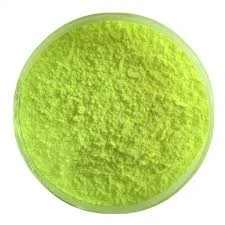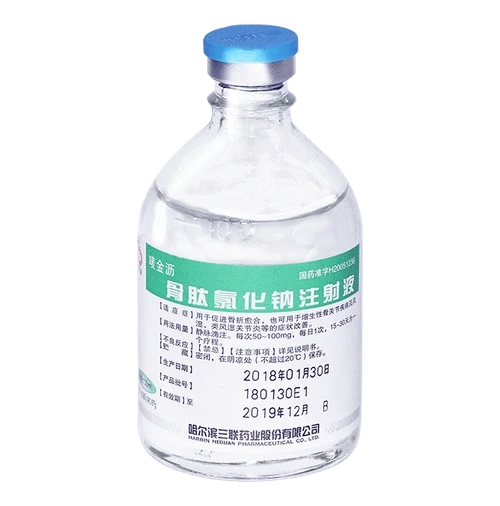anti scratch additives for plastic
In the fast-evolving world of plastics, enhancing the durability and aesthetic appeal of products is a priority for manufacturers. Anti-scratch additives play a critical role in ensuring that plastics maintain their appearance and functionality over time. As the demand for plastics with superior surface qualities increases across industries like automotive, consumer electronics, and packaging, understanding the role and benefits of anti-scratch additives becomes essential.
The inclusion of anti-scratch additives in plastic formulations is a sophisticated process aimed at mitigating surface damage that occurs during manufacturing, handling, and use. These additives function by altering the surface characteristics of plastics, thereby enhancing their resistance to scratches and abrasions. This improvement not only extends the lifespan of plastic products but also sustains their aesthetic quality, which is a significant selling point in competitive markets.
In the automotive industry, for instance, the long-lasting glossy finishes of vehicle interior components are in high demand. Scratches on these surfaces can occur easily due to regular human interaction and the movement of objects inside a vehicle. Anti-scratch additives are vital here, safeguarding the components' appearance and ensuring customer satisfaction. The additives work effectively with various polymers, including polypropylene and polycarbonate, ensuring flexibility in their application across different parts.
Consumer electronics is another sector where the significance of anti-scratch additives cannot be overstated. With devices such as smartphones, tablets, and laptops being susceptible to constant wear and tear, integrating these additives contributes significantly to a product's durability. Consumers prefer devices that retain their sleek appearance over time, and manufacturers leveraging anti-scratch additives can provide this assurance. The additives are engineered to interact at a molecular level with the plastic matrix, fortifying the surface without compromising the material's inherent flexibility or color.
On the technical front, the choice of anti-scratch additive depends on the polymer type, the application's specific requirements, and the desired balance between cost and performance. Siloxane-based additives, for example, are well-regarded for their excellent compatibility with polyethylene and polypropylene, offering a formidable barrier against surface damage. Their low volatility and high thermal stability make them ideal for applications requiring long-term durability.anti scratch additives for plastic
Similarly, nano-based additives are gaining traction due to their superior performance. These additives, consisting of nano-sized particles, create a hard layer on the surface of plastics. This not only provides scratch resistance but also enhances other mechanical properties such as impact resistance. The use of nano-based technologies exemplifies the innovative approaches manufacturers are adopting to meet heightened consumer and industry standards.
From an authoritative perspective, the optimization of anti-scratch properties in plastics involves a deep understanding of material science and surface engineering. Industry leaders continuously invest in research and development to improve the effectiveness of these additives, developing proprietary formulations that cater to specific industrial needs. This relentless pursuit of excellence underscores the importance of expertise in the field, where precise additive concentrations and application techniques can profoundly impact the final product's performance.
Moreover, for companies aiming to establish themselves as trustworthy suppliers of high-performance plastic materials, transparency about the efficacy and safety of their anti-scratch additives is crucial. Providing data from independent testing and real-world application results helps in building consumer trust and confidence. In this regard, certifications and compliance with international standards are valuable assets that enhance a company's reputation and market competitiveness.
The increasing adoption of anti-scratch additives reflects a broader trend toward sustainable and durable materials. By reducing the need for frequent replacements due to surface degradation, these additives contribute to environmental sustainability. Fewer resources are needed for replacement products, and manufacturers can reduce waste, aligning with global sustainability goals.
In conclusion, anti-scratch additives are indispensable in today's plastic manufacturing industries, offering both practical and aesthetic benefits. Their application is a testament to the intersection of innovation and consumer demand for high-quality, durable products. As industries continue to evolve, the role of anti-scratch additives will undoubtedly expand, driving further advancements and applications in the realm of plastic materials.
More product recommendations



